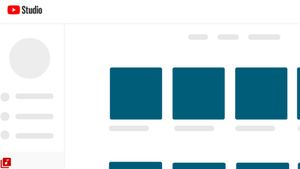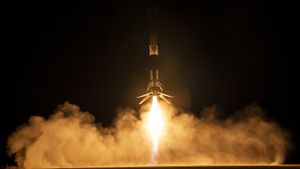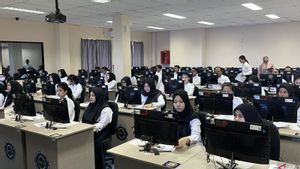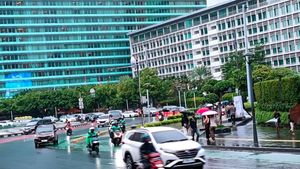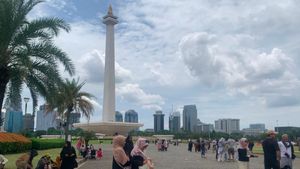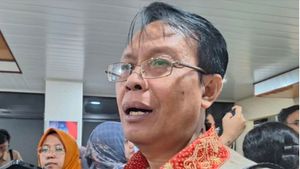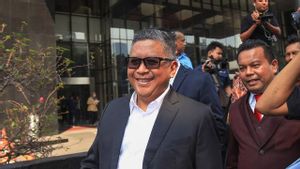JAKARTA - Indonesia is known as an agricultural country. According to the Central Statistics Agency (BPS), the contribution of the agricultural sector to Gross Domestic Product (GDP) based on applicable prices (ADHB) in 2022 reached 12.4 percent.
However, this figure is down 0.88 percent compared to the previous year (yoy). The factors that cause the low productivity of agriculture in Indonesia include agricultural technology which is still relatively lagging behind.
This is because the majority of farmers and industry players in Indonesia have not used modern technology that can affect the success of their harvest.
For this reason, in order to support the improvement of the agricultural sector in Indonesia, PT Inagro Cipta Nusantara partners with DataFarming, which is an agritechnology company based in Australia, in utilizing satellite data to increase agricultural productivity.
"With so many satellites circling the earth today, we can see a lot of things from above, to detailed things though. Starting from monitoring rice growth every few days, to the health of palm oil plants," said Tim Neale, President Director, DataFarming.
DataFarming created Digital AgrionomistTM, a platform designed for farmers and agronomists, provides agricultural maps from satellites, which target problems and monitor agricultural or plantation land with updated images every five days.
SEE ALSO:
Thus, this technology is claimed to be able to find problems in the field, drought, and land quality, which provides important insights from spatial data and agricultural maps.
So, users can save time and cost by knowing where to test land or land, and targeting solutions such as fertilizer or water more optimally.
"With precision agricultural solutions owned by DataFarming, we can see agricultural fields that require special attention, so that we can help companies and agricultural industry players in developing, managing, and improving their land performance and productivity," added Dedi Rahadian, CEO, PT Inagro Cipta Nusantara.
The English, Chinese, Japanese, Arabic, and French versions are automatically generated by the AI. So there may still be inaccuracies in translating, please always see Indonesian as our main language. (system supported by DigitalSiber.id)




